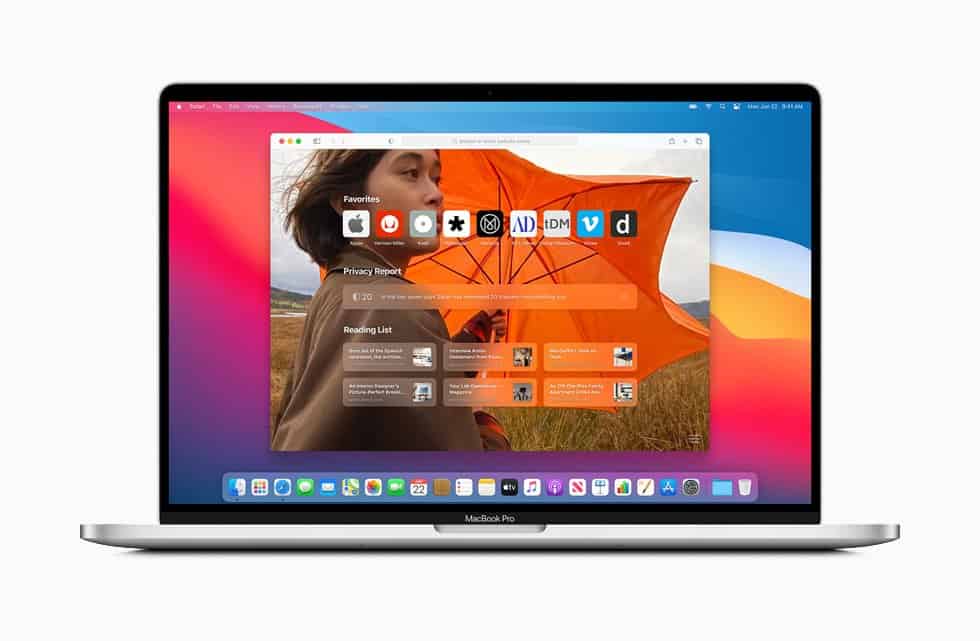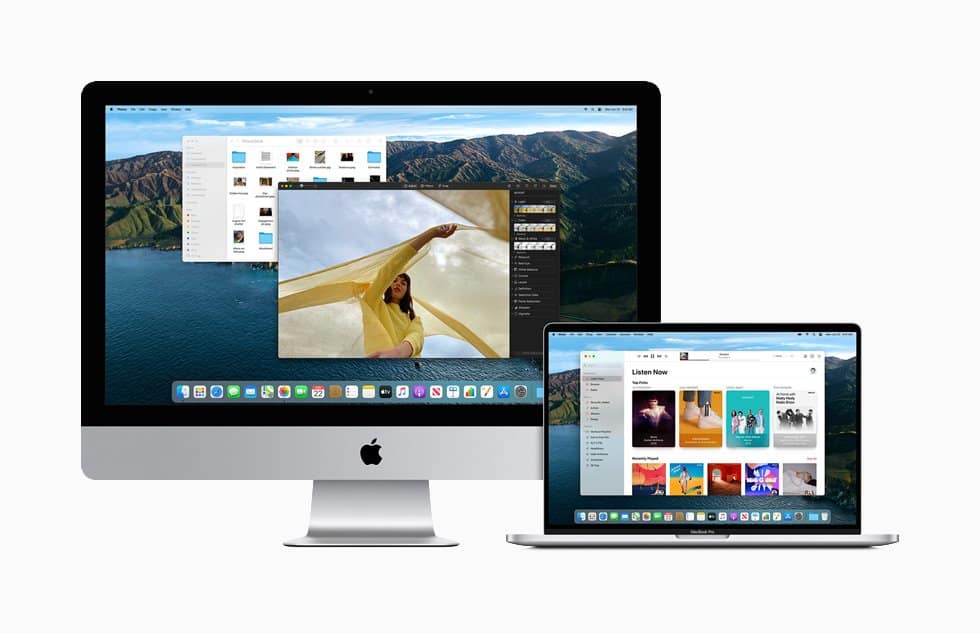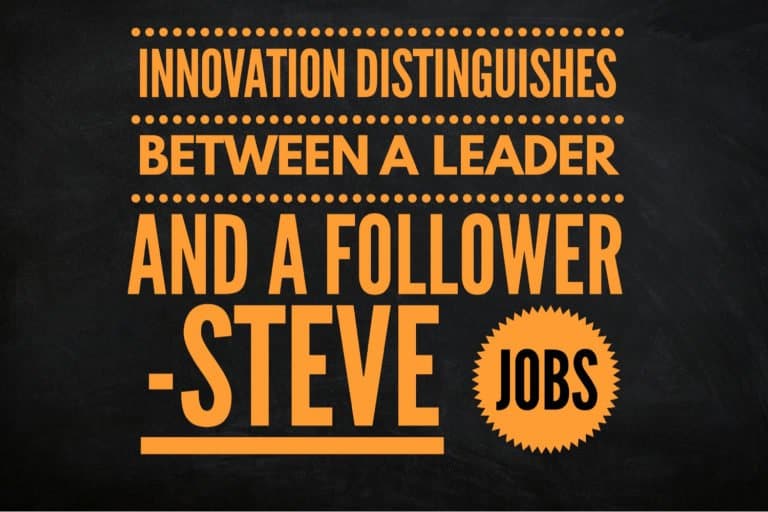Many people see Apple as an innovative company. The Techzine editorial team sees it differently; we think Apple was an innovative company. After the introduction of the iPad, we haven’t seen much innovation anymore. This week the company made several announcements that were different from the past, which raises the question: is it innovation or consolidation?
If we look at Apple’s innovations after the iPad, there is the introduction of the Apple Watch, the launch of the streaming service Apple Music and recently a video service. But let’s be honest, most innovations after the iPad are just copied from others. The Apple Watch is perhaps the most original, the music and video service are not different than Spotify or Netflix. Maybe you feel the need to defend Apple and mention their smart home platform, including HomeKit, HomePod and of course, Siri. If we compare this platform with the Alexa and the Google Assistant, including their devices, we can conclude that Apple lost this battle. Also, in terms of market share, Apple is not really participating.
In the end, our vision has been the same for some years now. There is no innovation at the top of the company. With Tim Cook being the frontman, a financial executive has become CEO, that doesn’t work in the end. A CEO has to take a risk every now and then, be creative and stick his neck out. Cook is more of an accountant who calculates everything down to the penny before he makes a decision. That’s why Apple has copied more than innovated in recent years. Even Jonathan Ive, Apple’s top designer under Steve Jobs, has left. Probably partly because of this lack of action. Waiting for innovation at Apple has taken a long time, but this week the company came with several big announcements. Will this finally bring some innovation?
Will Apple innovate again in 2020?
Earlier this week there was the Apple World Wide Developers Conference, a conference in which Apple annually updates developers on new product releases and software updates. This year there was a bit more to talk about than other years. After all, the company has made several major decisions that should lead to innovation. No, we’re not talking about iOS 14, which will allow you to display widgets on your iPhone home screen, or the Apple Watch to keep track of your sleep activity. These are features that Android has supported since the beginning.

Apple has made the drastic decision to say goodbye to Intel and start equipping all Macs with ARM chips. ARM chips are being used in smartphones and tablets for many years now, including the iPhone and iPad, they will provide the Macs with computing power from now on as well. That’s a big step because Intel has been dominating the client computing market for about 20 years. Earlier it looked like we would get a lot of Windows PC’s with ARM chips, but that never really got off the ground. We think that is because Intel is exerting its power and relationship with PC manufacturers to keep using their chips. Apple is now the one who escapes from Intel’s grip and chooses for ARM.
Choosing ARM is not without consequences
By making the switch to ARM, Apple is opting for a migration path that many IT companies are afraid of. Even Microsoft has struggled to get Windows to work well on ARM. What is the case; all applications for macOS need to be adapted and optimized to work on ARM systems, this is because the instruction set of ARM chips is entirely different from that of Intel (x86). The instruction set does match that of the iPhone and iPad, so those two worlds will come closer together. Apple’s operating system, macOS, has already been adapted for the new instruction set. Apple finally introduces macOS 11, after 20 years of version 10. Big Sur is the name of macOS 11.

During the WWDC keynote, Apple was able to show some applications that already work with the new ARM chips. Microsoft’s Office Suite already works, which is very important for companies, and Adobe was able to show applications such as Photoshop and Lightroom. However, this is only the beginning, because there are hundreds of thousands of applications used in businesses around the world on macOS systems, and they all need to be adapted.
Apple has released a new version of Xcode, Xcode 12, which should help make this transition smoother. For most applications, it’s just a few days of work, according to Apple. That is if the applications are developed in Xcode and with the programming language Swift. However, the fact is that most applications are developed in C, and that requires a bit more attention.
“Apple grants developers a transition period of 2 years.”
Apple’s goal is simple: it wants to work towards a single software platform that works on all devices. By switching to ARM and changing macOS, this will be possible. Developers have two years to make their applications work with ARM. Apple sees the next two years as a transition phase in which it supports both platforms. After that, the focus will be on ARM. In the coming year, Apple will release new devices based on ARM in its complete macOS portfolio. We learned that there are also two Intel-based macOS devices in the pipeline, of which we can already say: don’t buy them.

It’s a consolidation strategy, with macOS disappearing as we know it today.
On the editorial team, we have been saying for years that Apple is on a dead end with macOS and that the iPad has more to offer. It’s not so much Apple’s fault that macOS isn’t a big success anymore. They have tried it with a macOS Store, but the offer in the store is and was disappointing. Microsoft is also not very successful with its Windows Store. Apple now chooses a route where it can more or less enforce the use of their store. However, the company has hardly invested in the operating system in recent years, so many Apple users have opted for Windows again.
By switching to ARM, macOS will come closer to iPadOS in the coming years. We expect that Apple will further limit the open operating system that macOS is today. In addition, many iPadOS applications will soon be able to switch to macOS and vice versa. It will allow macOS to piggyback on the success of the App Store with iPad apps.

In the new version of macOS Big Sur, several design elements of the iPhone and iPad have been copied to macOS. This will happen more and more in the coming years. We suspect that it will take about five years before the Intel-based macOS systems are no longer supported and Apple only has a complete ARM-based portfolio with a more closed software layer, like the iPhone and iPad now have.
macOS as a closed operating system
We don’t think macOS will disappear completely. The name will continue to exist for Apple devices with a keyboard and mouse, just like iPadOS for Apple tablets. We don’t expect macOS to be an open operating system as we know it today. Question is; will it be a bad thing if macOS is no longer open and customizable? That will differ per user. Some people still mess around in the Finder and in package files to customize macOS beyond the options offered by Apple, others are fine with the default configuration. From a security point of view, however, it’s a big step forward; a more closed operating system with fewer possibilities to tamper with will make it harder for cybercriminals to attack macOS systems. For companies, there is a significant upside because it will become easier to manage and limit macOS devices.
Is it innovation or consolidation?
Returning to the title of this article: is it innovation or consolidation? The future will have to tell. We suspect that in the end, it will be more consolidation. However, it is also a repositioning of Apple devices, which will make them more interesting for companies.
Not only do we expect macOS to be a more closed operating system, but also more straightforward to use. There are now hundreds of settings hidden in “System Preferences”, the Finder is quite extensive, we suspect it will all look more like the iPad, so more people will be able to use it quickly without training.
There is a new generation coming to work, that has grown up more with Android and iOS than with Windows and macOS. That new generation is accustomed to straightforward applications with excellent user experience, with fewer options that work out of the box. They don’t want to spend an hour clicking around and adjusting settings. In the end-user computing market, this has been a subject for several years now. They found the answer in the emergence of application portals and unified workspaces that are the same on all devices. Apple will probably offer the same solution in the form of Apple devices in different form factors with a software layer that is the same on every device. In the end, that’s what could be the real innovation behind the announcements this week. It will also force Microsoft to take a good look at its Windows 10 strategy.
Windows market will be forced to look more seriously at ARM
Finally, the move from Intel to ARM can also bring innovation to the devices themselves. We wouldn’t be surprised if there will be MacBooks that are both powerful and have a battery life of two or three days. As a result, the Windows market will also need to innovate. If Intel can’t provide that, manufacturers like Dell, HP, and Lenovo will be forced to look more seriously at ARM chips.
